Pareidolia occurs when we interpret random shapes or objects as recognizable patterns, such as seeing faces or objects on Mars’ surface.
Chinsekikan in Japan is an intriguing and entertaining museum with over 1,700 rocks that look unusual in various ways, of which over 900 feature facial resemblance, such as E.T., Elvis Presley, and Jesus Christ!
Shozo Hayama created this museum, collecting strange-shaped rocks for fifty years. After his passing in 2010, his widow Yoshiko continued running it – it can be reached within two hours drive from Tokyo.
Explore the Intriguing World of Pareidolia
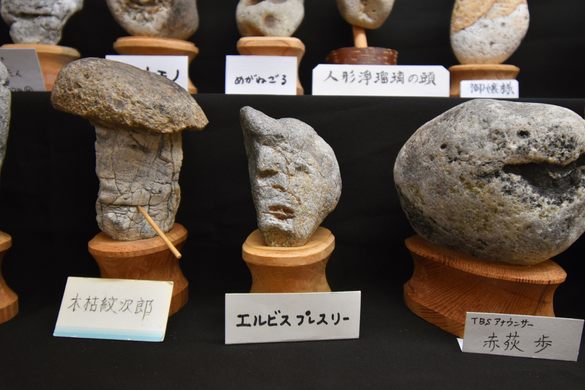
Pareidolia is an intriguing phenomenon that illuminates our complex perception. Our brains are wired to detect patterns even in seemingly random stimuli; from clouds resembling animals to finding faces in inanimate objects, pareidolia plays tricks on our mind, reigniting our sense of wonderment and sparking creativity and imagination.
Unveiling Chinsekikan’s Bizarre Collection
Chinsekikan, or “Hall of Curious Rocks,” is an impressive Japanese museum that explores the fascinating phenomenon of pareidolia. Boasting over 1,700 rocks with unique appearances, Chinsekikan is like entering an extraordinary gallery of natural art.
Face-to-Face Interaction with Prominent Rock Personalities
Chinsekikan rocks boast captivating rock faces that bear an uncanny likeness to some famous figures from history and pop culture, including E.T., Elvis Presley, and Jesus Christ – creating an unforgettable experience for visitors.
Remembering Shozo Hayama
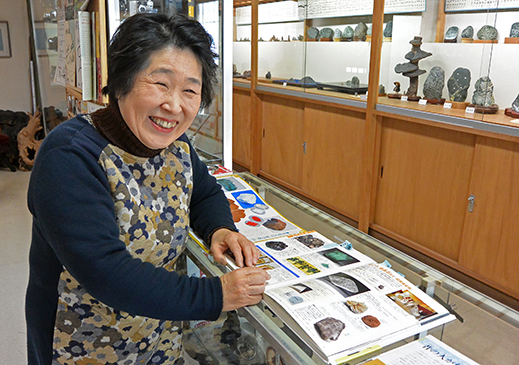
Shozo Hayama was the mastermind behind this remarkable collection. Hayama amassed odd rocks for half a century, selecting each specimen based on how closely it resembled human faces or other iconic figures.
An Art Gallery Crafted With Love
Yoshiko Hayama took up the responsibility of overseeing Chinsekikan after Shozo Hayama passed away, continuing his legacy by welcoming visitors from around the globe who witnessed its remarkable phenomenon of pareidolia. Her tireless commitment ensures its legacy will endure and visitors continue to appreciate its beauty.
Beyond Facial Structures: Exploring the Diversity of Curious Rocks
While Chinsekikan specializes in rocks resembling faces, its collection also features other eccentric formations. Ranging from animals and mythical beings to everyday items, this natural wonder challenges perceptions and sparks our imaginations.
Parallel Structure in Space Exploration
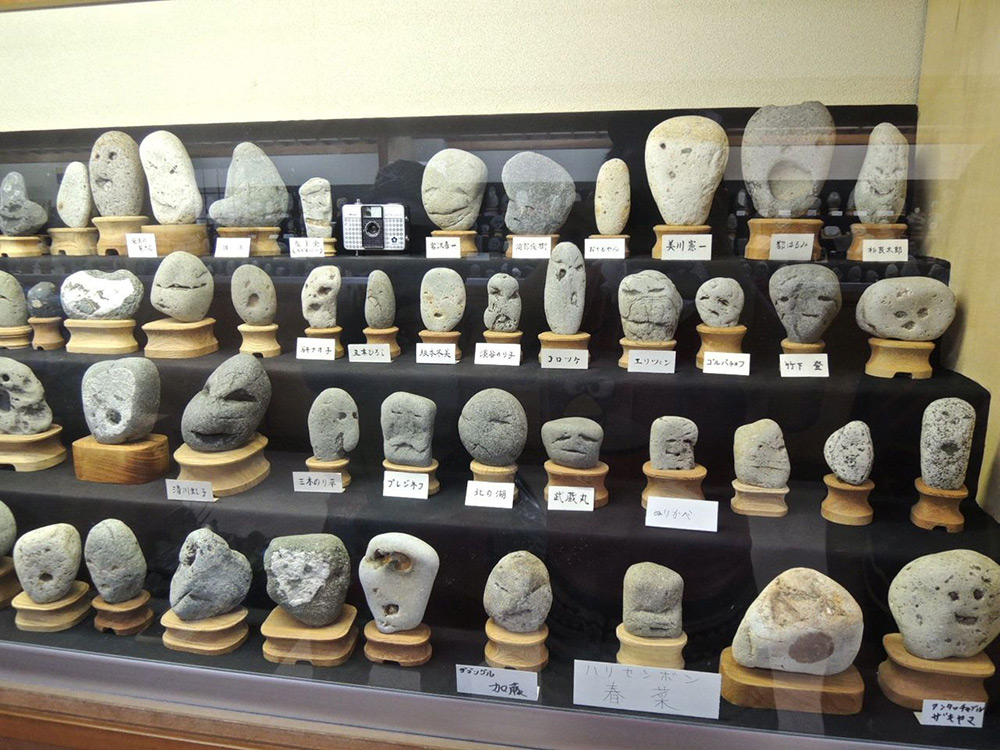
Pareidolia is not limited to earthly phenomena; it has also made an impactful debut in space exploration. Numerous space images have given rise to speculation of possible extraterrestrial life thanks to pareidolia; many individuals have seen faces or structures on celestial bodies like Mars or the Moon, which appear as faces or structures due to pareidolia.
Psychological Underpinnings of Pareidolia
Psychologists have long been fascinated with our brain’s tendency to perceive meaningful patterns when none exist. Pareidolia provides valuable insights into visual perception processes and how our brains interpret information about our surroundings.
The Cultural Significance of Chinsekikan
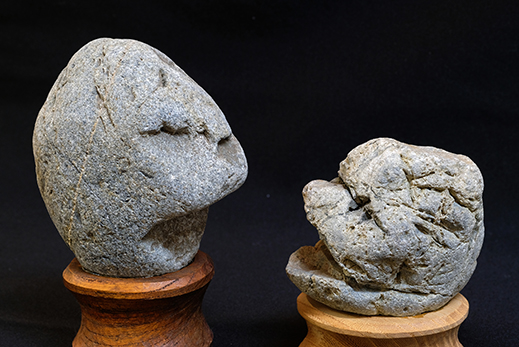
Chinsekikan showcases Japan’s distinct combination of an appreciation for the natural world and aesthetics in art and aesthetics and celebrating pareidolia as part of Japan’s longstanding tradition of finding beauty and harmony even in unexpected places.
Pareidolia in Art and Literature
Artists and writers have drawn great inspiration from pareidolia for centuries, using it as a critical theme in various art forms such as painting, sculpture, poetry, and literature to examine the intricacies of human psychology and find beauty in unexpected events.
Spiritual Pareidolia
Human beings’ tendency to perceive faces in inanimate objects has long influenced religious and spiritual practices throughout history, from sacred visions in natural formations to revered items that bear similarities to deities; pareidolia has left its mark on religions worldwide.
Exploring the Therapeutic Applications of Pareidolia
Psychologists and therapists have discovered the therapeutic potential of pareidolia. Engaging in activities that elicit pareidolia, such as cloud-watching or rock gazing, can provide a relaxing way of stimulating creativity while relieving stress.
Pareidolia and Technology
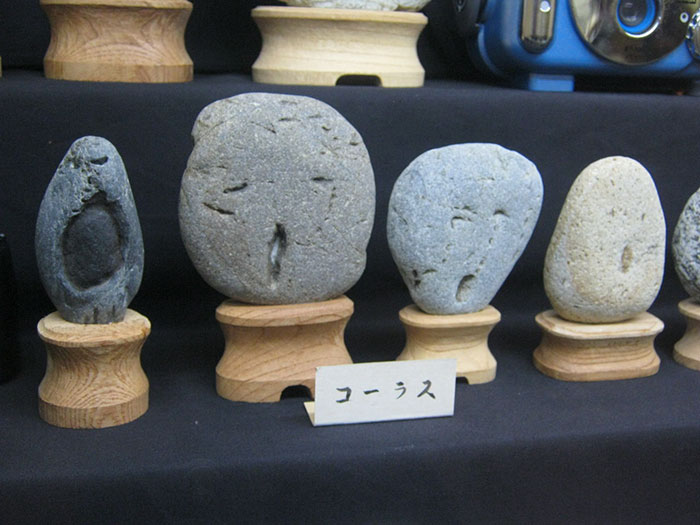
With the advent of advanced technology, pareidolia has found new forms of expression. Social media platforms are filled with images depicting everyday objects that seem to bear faces or familiar features – delighting users while inspiring a sense of shared amazement.
Pareidolia in Popular Culture
Pareidolia’s influence extends far into popular culture, from memes to viral images and internet trends that capitalize on our brain’s capacity for pattern recognition. Thanks to digital technology, pareidolia now enjoys global exposure – providing an engaging aspect of modern life that many can relate to and enjoy.
Exploring Pareidolia Through Interactive Art
Artists have used pareidolia as an effective form of artistic expression, creating interactive installations that encourage viewers to observe patterns they hadn’t noticed before and deepen their understanding of human cognition. Such pieces challenge perceptions while broadening understanding.
Pareidolia and Evolutionary Psychology
Evolutionary psychologists suggest that pareidolia served a helpful purpose during human evolution. Recognizing faces or potential threats quickly could have given our ancestors an edge in survival.
Capturing Pareidolia Through Photography
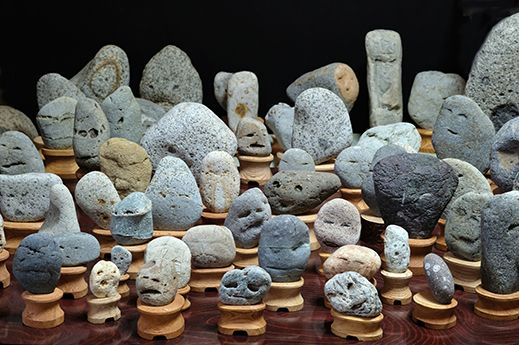
Photographers often capitalize on pareidolia to capture striking, whimsical photographs that conjure a sense of wonder and amusement. From street photography to macro shots of everyday objects, these pictures capture hidden faces and stories within our environment.
Pareidolia as an Source of Inspiraton
Apart from its scientific and psychological applications, pareidolia also inspires creativity. Many artists, writers, and musicians have used pareidolia as an avenue for artistic creation by turning ordinary scenes into extraordinary masterpieces inspired by its power to see patterns within them.
The Alluring Appeal of Chinsekikan

Visitors leave Chinsekikan with an enhanced appreciation of pareidolia. Part of its allure lies in connecting people from diverse backgrounds through the shared wonder of seeing extraordinary meaning in everyday objects. Yoshiko Hayama’s commitment ensures that Chinsekikan continues serving as a living testament to the human mind and nature’s boundless creativity.












